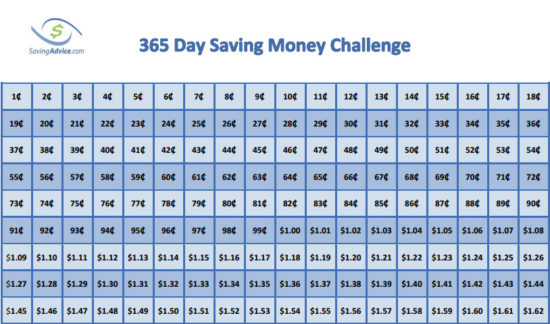U.S. consumers have had some relief as the rate of cost increases for food and energy, two key components of most budgets, has eased greatly. But auto insurance and car ownership costs have become a sticking point for consumers and the U.S. Federal Reserve in its battle to rein inflation back to its goal of 2%.
Are you seeing an increase in your car insurance premiums?
Typically, individuals would see a noticeable increase in their premiums because of speeding tickets and other moving violations. Adding new drivers or a general increase in claims in the area were other reasons. But the persistent rise in rates over the last two years has been far more sweeping. New vehicle prices starting spiking during the pandemic, mainly because of a worldwide shortage of computer chips amid production cuts and supply chain bottlenecks. Dealers spent much of 2021 with few or no cars in stock. (Read about the best used cars in Canada?)
Car price increases eased heading into 2024, with the average at USD$47,338 in January, down from a peak of USD$48,516 in late 2022, according to Edmunds.com. (All figures in U.S. dollars.)
Higher value for cars, along with more advanced technology and intricate parts, has raised the overall cost of repairs. Overall maintenance and repair costs jumped 8.2% in March from a year ago, according to the U.S. Bureau of Labor Statistics. That’s eased a bit over the last year. The rate of increase was as high as 14.2% in early 2023.
“The severity is really the thing that has influenced rates more over the last two years than anything,” said Greg Smolan, vice president of insurance operations at AAA Northeast. “A fender bender in the past didn’t have all the sensors and cameras.”
What’s causing car insurance to rise?
Higher overall auto prices and auto repair costs prompted insurers to start raising premiums as overall car values jumped. Price increases for insurance rates, like many other increases from food to clothing, have been sticky and are less likely to drop at the same rate as broader inflation, if at all.
That has been beneficial for insurers who have seen profits surge. Wall Street is expecting bigger leaps in 2024.
“Our sole concentration last year was to get the right rate,” said Progressive CEO Tricia Griffith, during a fourth-quarter earnings conference call. “We feel like we’re in a really great position now.”




















Discussion about this post